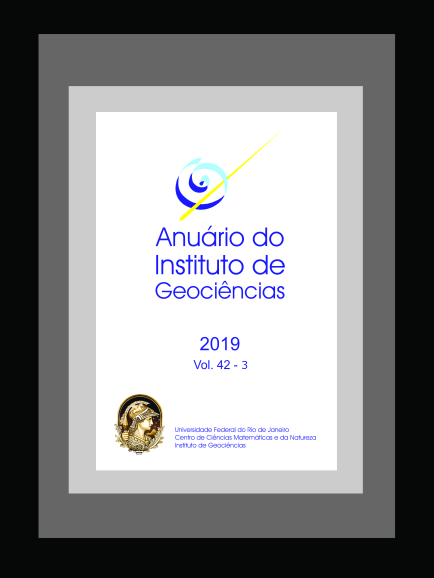The Oil Industry, it Space Transformations and Impacts in the Thermal Field of the City of Macaé, in the State of the Rio de Janeiro /Brazil
DOI:
https://doi.org/10.11137/2019_3_457_473Keywords:
Land Surface Temperature, Normalized Difference Vegetation Index, Urban Heat IslandAbstract
This work analyzes the spatial and temporal pattern of Land Surface Temperature (TSC) in the urban area of Macaé, based on Normalized Difference Vegetation Index (NDVI) and use and land cover. Analyses were performed by Thematic Mapper (TM) sensor images, aboard the Landsat 5. TSC and NDVI maps were generated through remote sensing data. Maps for use and land cover were also generated for specific days in 1980, 1990, 2000 and 2010, which enabled a spatial and seasonal temporal analysis. The results showed that, with the growth of the urban area of Macaé, there were points favorable to the formation of heat islands, showing that the built-up areas are warmer than in the past.Downloads
Download data is not yet available.
Downloads
Published
2019-12-21
How to Cite
Wilson, P. A. (2019) “The Oil Industry, it Space Transformations and Impacts in the Thermal Field of the City of Macaé, in the State of the Rio de Janeiro /Brazil”, Anuário do Instituto de Geociências. Rio de Janeiro, BR, 42(3), pp. 457–473. doi: 10.11137/2019_3_457_473.
Issue
Section
Article
License
This journal is licensed under a Creative Commons — Attribution 4.0 International — CC BY 4.0, which permits use, distribution and reproduction in any medium, provided the original work is properly cited.















